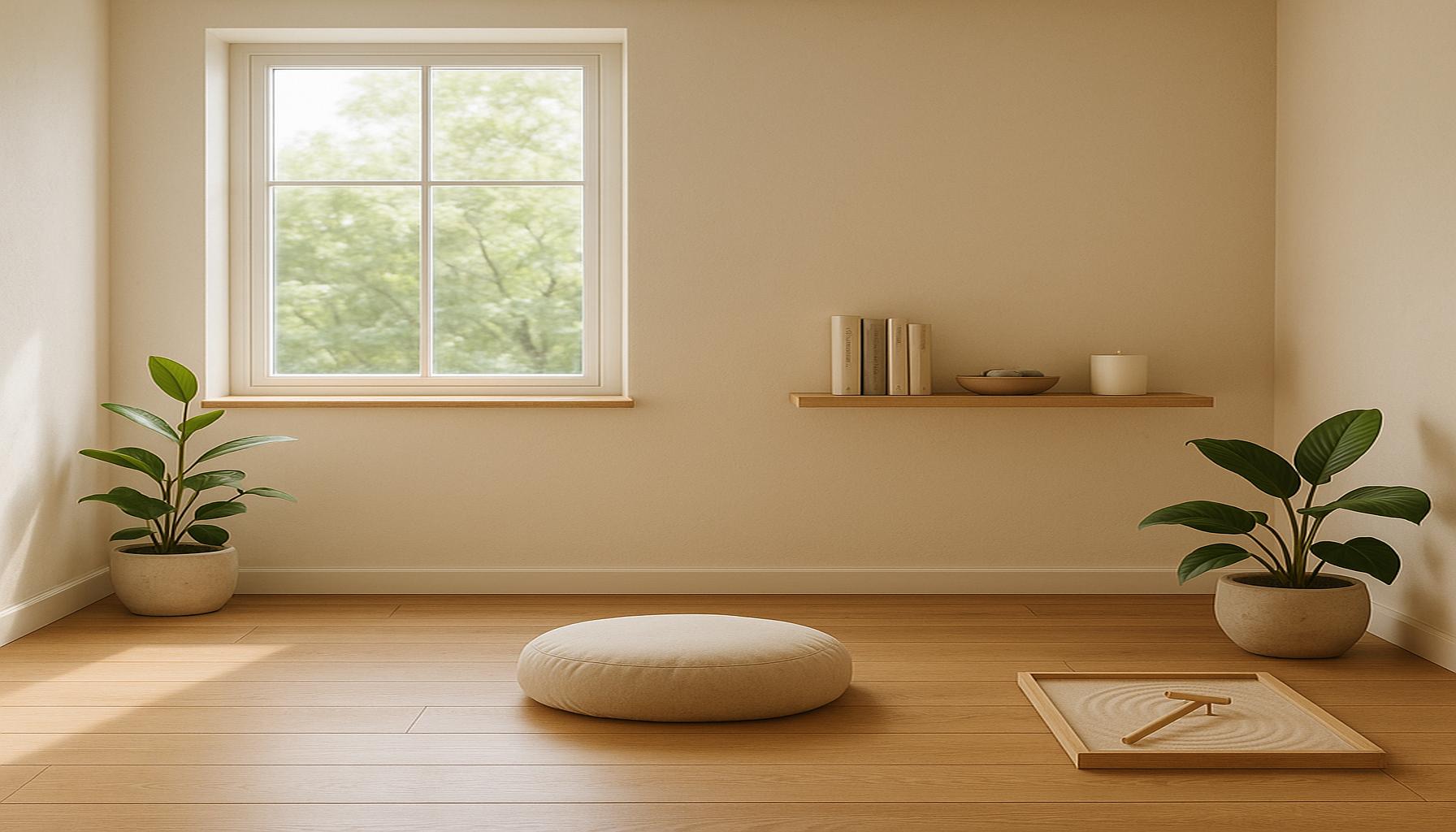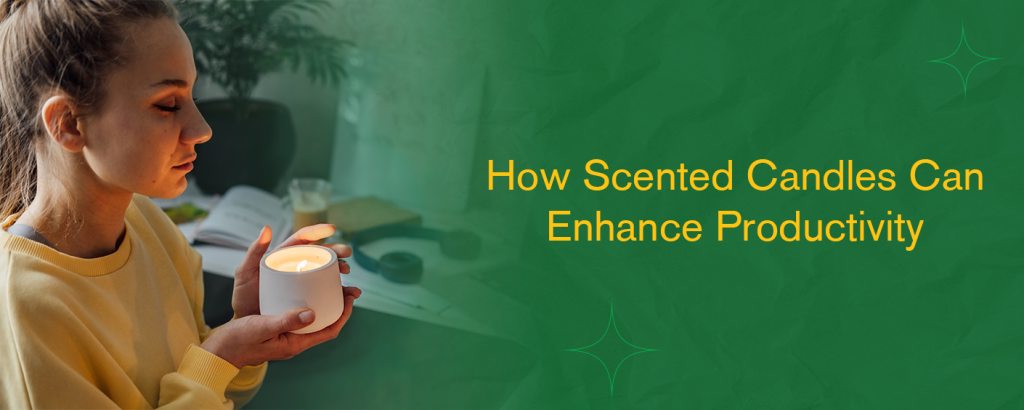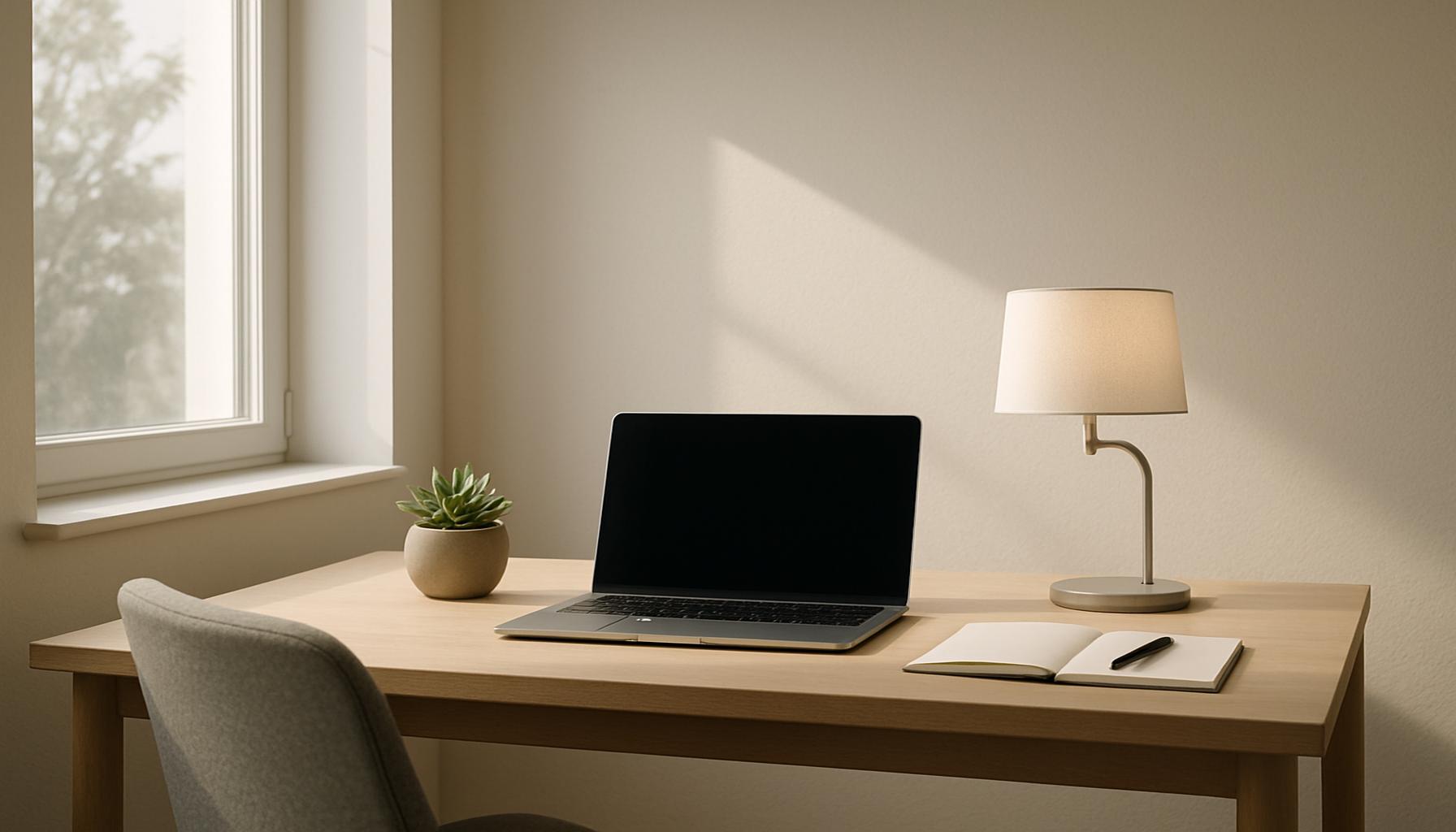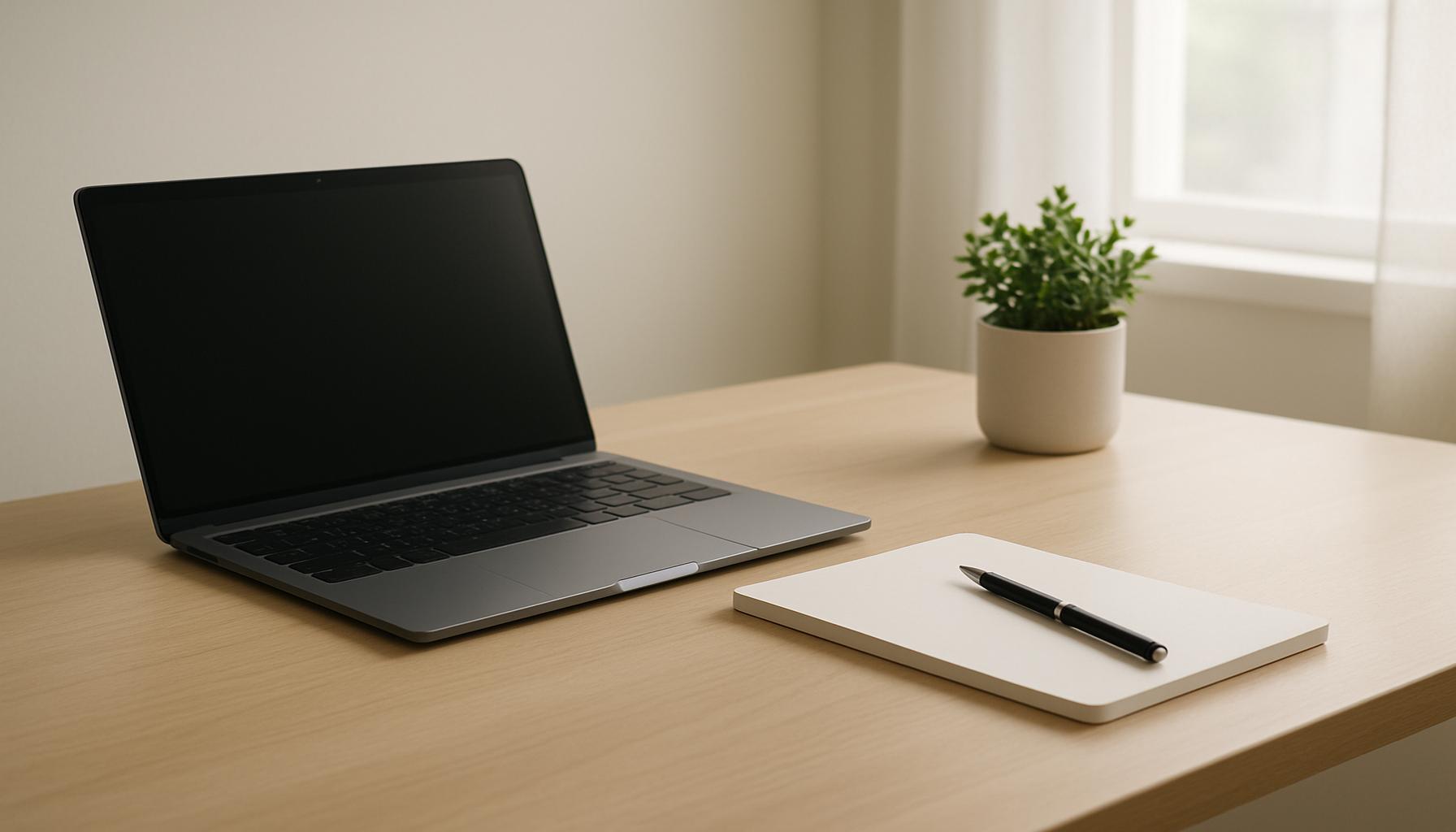Minimalist Meditation Techniques to Boost Concentration and Productivity

Understanding Minimalist Meditation Techniques
In today’s fast-paced world, distractions are everywhere—from smartphone notifications to endless email chains. The challenge is not only to focus but also to maintain productivity while navigating these interruptions. In this context, minimalist meditation techniques have emerged as a practical and effective solution for many individuals seeking clarity and mental balance.
These practices prioritize simplicity, allowing individuals to harness their mental energy effectively. By stripping away the complexities often associated with traditional meditation, minimalist techniques provide a straightforward approach to mindfulness that can fit seamlessly into busy lifestyles. Here are some key features of minimalist meditation:
- Short Sessions: Ranging from 5 to 15 minutes, these bite-sized meditation practices can easily be integrated into your daily routine. This makes them particularly appealing for those with hectic schedules. For example, squeezing in a quick session during a lunch break or right before bed can promote relaxation and enhance focus.
- Clear Focus: By centering attention on a single thought or breath, minimalist meditation helps reduce mental clutter. This concentrated focus can pave the way for deeper introspection and a more productive mindset, fostering an environment where creativity can flourish.
- Accessible Anywhere: One of the best aspects of minimalist meditation is its accessibility. It can be practiced at home, in the office, or any quiet space, making it easier than ever to utilize this technique wherever and whenever the need arises.
Research supports the effectiveness of minimalist meditation. A study conducted by the University of Washington found that just ten minutes of mindfulness practice can significantly enhance attention and mental flexibility. Participants demonstrated improved focus on tasks after engaging in brief meditation sessions, illustrating that even short periods of mindfulness can yield powerful results.
The growing interest in mindfulness within the United States reflects a societal shift toward seeking balance amid increasing demands. As more Americans explore methods to enhance productivity and manage stress, adopting these minimalist techniques may serve not only as a tool for personal growth but also as a vital means to reclaim focus in an increasingly chaotic environment.
For those looking to delve further into this practice, resources such as guided meditation apps, online workshops, and community groups can provide support and instruction. Moreover, personal stories shared through social media platforms often highlight the transformative effects of minimalist meditation, showcasing its potential benefits firsthand. Embracing these techniques may empower individuals to take control of their mental space and navigate life’s challenges with clarity and calm.

DISCOVER MORE: Click here to learn about embracing minimalism
Embracing Simplicity: The Power of Minimalist Meditation
Minimalist meditation techniques focus on foundational elements that cultivate mental clarity and enhance productivity. The beauty of these practices lies in their simplicity, allowing individuals to reconnect with their thoughts and intentions without the noise often associated with more elaborate forms of meditation. Here are several minimalist techniques that can be easily incorporated into daily routines:
- Breath Awareness: This technique involves paying attention to the rhythm of your breath. By simply inhaling and exhaling consciously for a few minutes, you can ground yourself and clear your mind of distractions. The primary aim is to build a connection with your breath, which serves as an anchor to pull your focus back whenever it drifts away.
- Single-Task Meditation: Instead of multitasking, this practice encourages you to engage fully in one activity at a time. Whether you’re responding to emails or writing a report, dedicate a few minutes to immerse yourself completely in that task. This not only enhances concentration but also boosts overall productivity by minimizing the mental strain that comes from juggling multiple responsibilities.
- Body Scan Technique: In this practice, you mentally scan your body, bringing awareness to each part and releasing tension. This method can create a profound sense of relaxation and rejuvenation, making it easier to tackle tasks with a fresh perspective afterward. A simple body scan can take only a few minutes but can significantly impact your mental state and productivity levels.
- Mindful Commute: Transforming your daily commute into a mindfulness practice can be a powerful way to begin or end your day. Whether you are driving or using public transport, take a moment to focus on your breath or observe your surroundings. This practice helps you enter or exit the workday with a clear mind, equipped for the challenges ahead.
Studies also show that these minimalist meditation practices particularly resonate with individuals in high-pressure environments such as corporate settings. For instance, a recent survey revealed that employees who incorporated minimalist meditation techniques reported a 25% increase in their perceived productivity during the workday. This trend underlines the practicality of implementing these techniques—especially for individuals struggling to find mental balance amid deadlines and responsibilities.
Furthermore, consistent practice not only sharpens focus but can also lead to long-term brain benefits. Neuroplasticity, the brain’s ability to reorganize and adapt, can be enhanced through regular mindful practices. This means that as you engage in minimalist meditation, you are not only fostering immediate concentration but also investing in a more resilient cognitive future.
In a world increasingly characterized by complex distractions, the straightforward nature of minimalist meditation offers a breath of fresh air for those seeking improvement in their daily focus and productivity. This shift towards simplicity can redefine how individuals approach their workload, ultimately fostering a more balanced and productive lifestyle.
| Technique | Advantages |
|---|---|
| Mindfulness Meditation | Enhances focus by training the mind to stay present, reducing distractions and unnecessary thoughts. |
| Breath Awareness | Helps in lowering stress levels, clearing the mind, and improving clarity of thought, which is crucial for productivity. |
| Body Scan Meditation | Promotes relaxation and increases body awareness, which can lead to reducing mental clutter and improving concentration. |
| Walking Meditation | Combines physical movement with mindfulness, promoting both mental clarity and physical well-being. |
Each of these minimalist meditation techniques serves a unique purpose in enhancing concentration and productivity. For instance, mindfulness meditation allows individuals to cultivate an acute awareness of their thoughts, encouraging a focused mindset necessary for tackling demanding tasks. Meanwhile, breath awareness acts as a powerful tool against stress, creating the mental space needed to navigate through an overwhelming workload effectively.Moreover, engaging in body scan meditation not only fosters relaxation but also cultivates a deeper connection to one’s bodily sensations. This heightened body awareness can significantly diminish mental noise, aligning the mind more directly with the task at hand. Lastly, walking meditation infuses movement into the practice, combining the benefits of concentration and physical health, enhancing overall cognitive performance.Exploring these minimalist methods can bring the dual rewards of tranquility and increased productivity, proving indispensable in today’s fast-paced environment.
DISCOVER MORE: Click here to enhance your productivity
Integrating Minimalist Meditation into Your Daily Life
Besides the methods discussed, integrating minimalist meditation into your daily life can further enhance your concentration and productivity. The key lies in creating opportunities for mindfulness amidst the hustle and bustle of everyday tasks. Here are some additional practices that can help weave meditation into your routine seamlessly:
- Meditative Breaks: Scheduling short, intentional breaks throughout your workday can serve to reset your mind and maintain your focus. Set a timer for every hour, and devote even just five minutes to a meditative exercise like observing your breath or engaging in a quick body stretch. Research has indicated that taking short breaks may increase productivity by up to 34%, allowing individuals to return to their tasks with renewed vigor and clarity.
- Walking Meditation: Instead of viewing your walks merely as a form of exercise, transform them into a walking meditation. Focus on the sensation of your feet touching the ground and the rhythm of your breath. This practice not only encourages physical health but also revitalizes your mental state. Many professionals have found that pairing physical activity with mindfulness greatly reduces stress and improves overall well-being.
- Gratitude Journaling: Engaging in a minimalist meditation technique does not always have to involve silence. Start or end your day by writing down three things you are grateful for. This practice can shift your focus from stressors to positivity, fostering a better mindset while preparing you for productive work sessions. Studies show that maintaining a gratitude journal can elevate happiness levels, which directly correlates with improved productivity.
- Mindful Eating: Use your mealtime as an opportunity for meditation rather than a rushed chore. Pay attention to the taste, texture, and aroma of your food. By practicing mindful eating, you not only nourish your body but also give your mind a chance to reset, promoting better focus when you return to work. This technique has been shown to enhance awareness and satisfaction, which can carry over into your productivity levels.
Furthermore, minimalist meditation techniques can be adapted to collective environments, such as the workplace. Implementing group meditation sessions or quiet hours can foster a culture of mindfulness among teams. In fact, companies like Google and Apple have integrated meditation programs, noting measurable improvements in employee creativity and engagement levels. According to a recent report, companies that prioritize employee well-being, including mindfulness practices, experience up to a 31% decrease in employee turnover.
Ultimately, the advantage of minimalist meditation techniques lies in their adaptability. Whether you have only five minutes or a longer stretch, these practices can adapt to your circumstances, making them accessible regardless of time constraints. The challenge is to prioritize these moments of mindfulness within an increasingly chaotic work culture. The more consistently one practices these techniques, the more significant the impact on concentration, productivity, and overall quality of life becomes.
As the trend of minimalism grows in various facets of life—including design, lifestyle choices, and even technology—so too does the potential for minimalist meditation to serve as a powerful tool. By stripping away the excess and focusing on the essentials, individuals can unlock a newfound potential for focus and productivity that is starkly relevant in today’s fast-paced environment.
DIVE DEEPER: Click here to discover more
Conclusion
In an era defined by distractions and relentless demands on our attention, minimalist meditation techniques emerge as invaluable tools to enhance both concentration and productivity. Emphasizing simplicity and accessibility, these practices provide a foundation for cultivating mindfulness amidst the chaos of daily life. Whether through meditative breaks, walking meditation, or even mindful eating, the integration of these techniques can profoundly impact the way we approach our work and personal goals.
Furthermore, the flexibility of minimalist meditation allows individuals to adapt these techniques to fit their unique circumstances, ensuring that even the busiest schedules can accommodate moments of reflection and focus. As workplaces increasingly recognize the benefits of mindfulness—seen in decreased turnover rates and heightened employee engagement—there lies a growing opportunity to foster well-being in corporate and individual contexts alike.
Ultimately, the discipline of minimalist meditation serves not only as a means to improve productivity but also as a pathway to a more fulfilling and balanced life. By embracing these practices and prioritizing moments of stillness, anyone can unlock a deeper level of focus and creativity, essential for navigating an ever-evolving landscape of work and life demands. The journey toward enhanced concentration, productivity, and overall mental clarity is simply a breath away.


